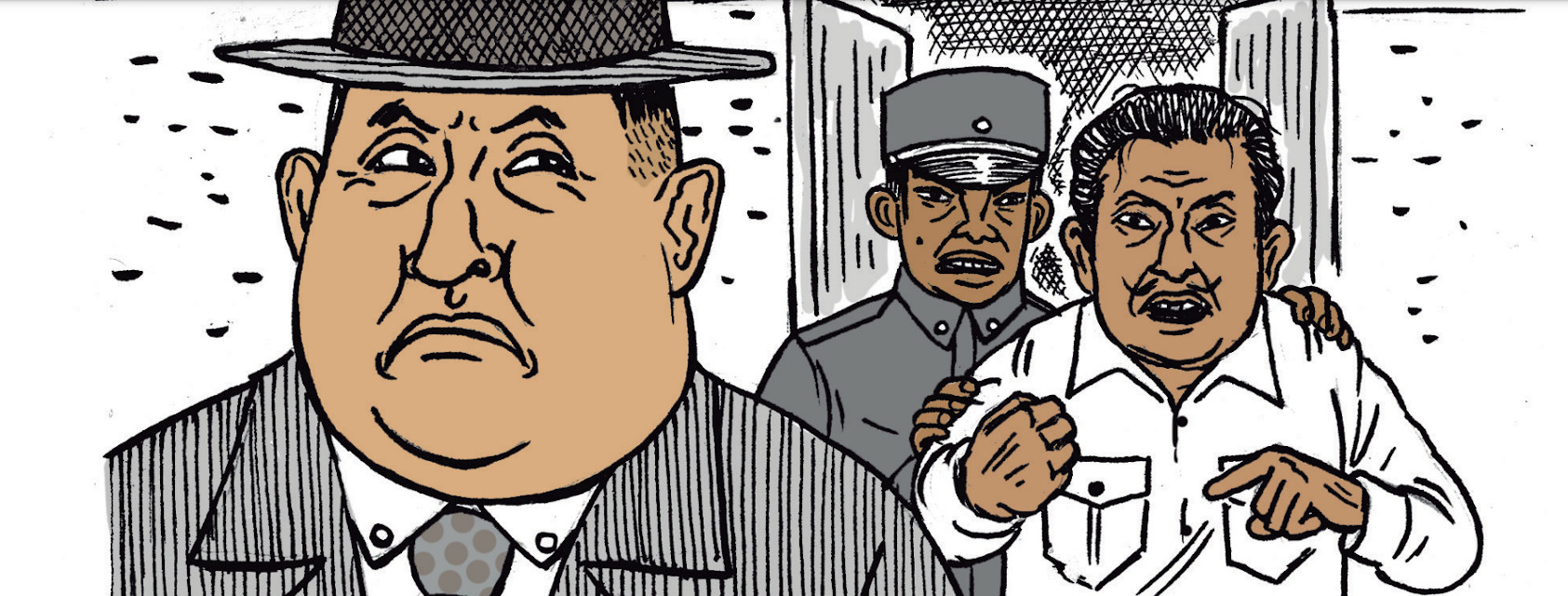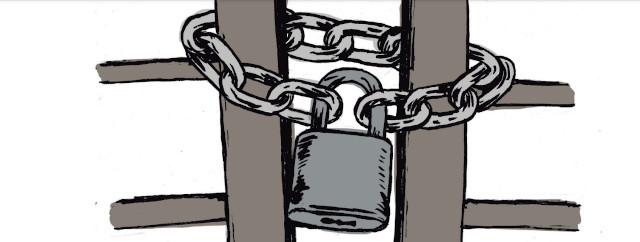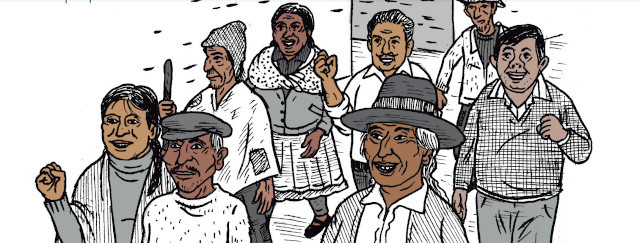Coding the body
In this section, we will explore the body as a "border zone" or "meeting point," analyzing the individual and social constructions of race within different temporal frameworks.
The human body becomes a space for the expression of civilized codes - associated with whiteness - of behavior and as a border point between individuality and social experience. Thus, we can see how the relationships between certain bodies and various elements associated, for example, with "modern life," such as cameras, cars, phones, and other elements, illustrate what appears to be an ambiguous connection that Indigenous or Black populations have with these objects. These subjects often appear as suspicious, innocent, or even ridiculous when interacting with tools associated with supposed civilized life. This stereotyped and racist representation operates on racialized bodies, placing them outside the concept of modernity and creating an association with the frontier and the jungle, thus reinforcing prejudices and discrimination.

"Flawed" bodies
Additionally, there exists a series of stereotypes associated with these racialized bodies, including infantilization, insensitivity to pain, ugliness, irrationality, and hypersexualization, among others. In these bodies, colour operates as a mask, a disguise, or a blend, revealing the way racism is latent in childish games that seem innocent, in "out of place" bodies, or in ambivalent scenarios about beauty or physical appearance. Thus, black, brown, dark bodies are seen as "colour flaws," which lead to connotations of "improvement," dirtiness, and waste, as well as ugliness, thus perpetuating discriminatory stereotypes. Furthermore, the idea of improving or not improving the racialized body is presented as an impossibility, thus perpetuating marginalization and discrimination. In this sense, humour becomes a tool that reinforces the social construction of the inferiority of certain racial groups, deepening the gap between them and the hegemonic idea of beauty or acceptance.




